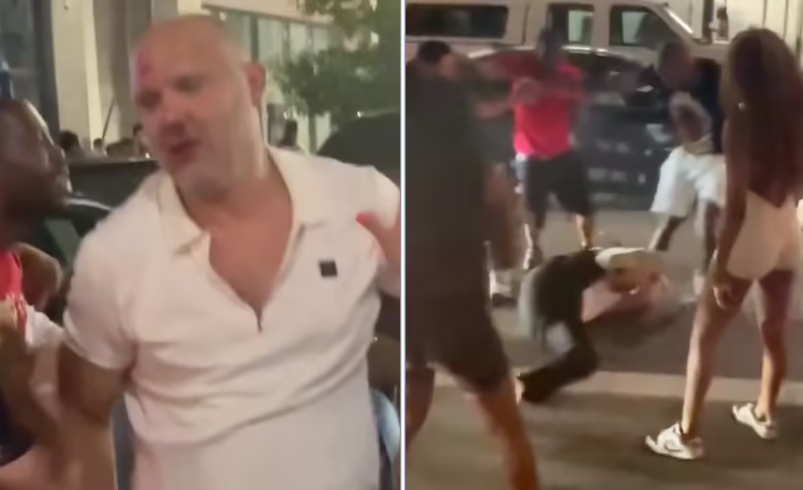Expert Analyzes Bystander Inaction During Cincinnati Assault
- August 2, 2025
- 0

The viral incident on July 26 in Cincinnati, where a brutal assault unfolded in front of numerous bystanders, has sparked national debate. Despite the presence of around 100 witnesses, only one individual called the police. Cincinnati Police Chief Teresa Theetge criticized the lack of response, emphasizing the importance of contacting authorities during such emergencies. “That is unacceptable to not call the police,” Theetge stated, highlighting the chaos as the fight occurred amidst heavy traffic.
Dr. Ráchael Powers, an Associate Professor at the University of Cincinnati and an expert in bystander behavior, sheds light on this phenomenon. She refers to the “bystander effect,” a concept rooted in the 1964 murder of Kitty Genovese, where witnesses reportedly failed to intervene. Powers explains that as more people are present during an incident, individual responsibility diminishes. This psychological barrier often prevents people from taking action.
Powers outlines steps for effective intervention: noticing the situation, interpreting it as an emergency, and assuming responsibility. In Cincinnati’s case, while many recognized the fight as an emergency, few felt compelled to act. Powers notes that some bystanders did attempt to defuse the situation or protect others, indicating varying levels of intervention.
Powers discusses why only one person called 911 despite the chaos. She suggests that individuals may have assumed others were contacting authorities or felt incapable of helping directly. This aligns with broader trends; nationwide data shows only about 10 percent of gunfire incidents are reported to police.
The Cincinnati incident underscores the need for public awareness about active bystander intervention. Understanding psychological barriers and encouraging proactive responses can improve community safety and support law enforcement efforts in emergency situations.